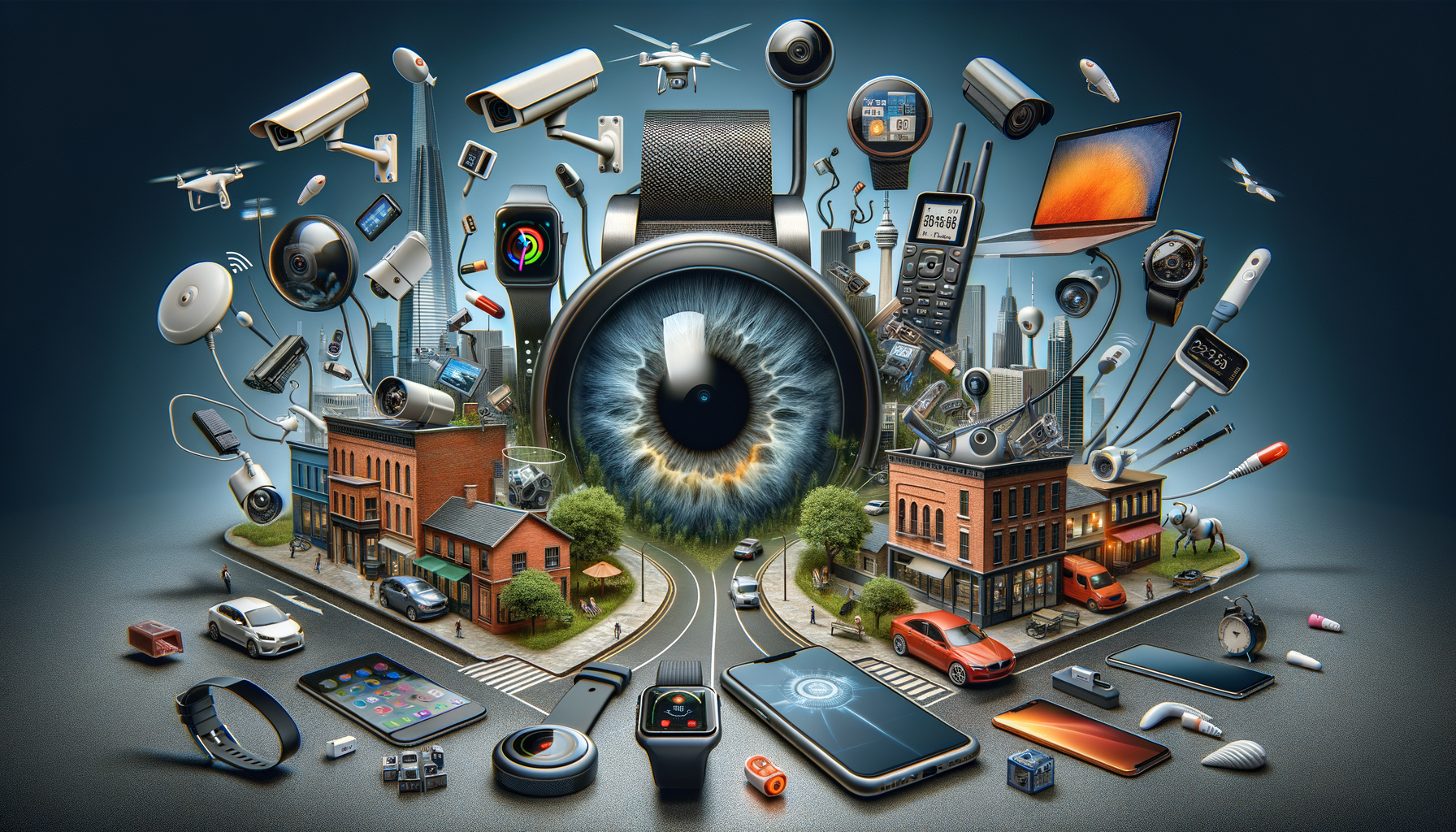
Understanding the Increasing Relevance of Monitoring Devices in Today’s Digital World
The Evolution of Monitoring Devices
Monitoring devices have undergone significant evolution since their inception. Initially, these devices were simple tools used for basic oversight of systems and processes. However, with the advent of digital technology, they have transformed into sophisticated instruments capable of providing real-time data and insights. This evolution has been driven by the increasing complexity of digital systems and the need for more robust security measures.
In the early days, monitoring devices were primarily used in industrial settings to keep track of machinery and ensure operational efficiency. As technology advanced, these devices became more integrated into various sectors, including healthcare, finance, and telecommunications. The introduction of IoT (Internet of Things) has further accelerated this evolution, allowing for more interconnected and intelligent monitoring solutions.
Today, monitoring devices are equipped with advanced sensors and analytics capabilities, enabling them to detect anomalies, predict failures, and optimize performance. This has made them indispensable in managing the vast and complex networks that characterize the digital era.
The Role of Monitoring Devices in Cybersecurity
In the digital age, cybersecurity has become a top priority for organizations and individuals alike. Monitoring devices play a pivotal role in safeguarding digital assets from cyber threats. By continuously scanning networks and systems, these devices can identify potential vulnerabilities and alert security teams to take preventive action.
One of the key advantages of monitoring devices in cybersecurity is their ability to provide real-time data and analytics. This allows for swift detection and response to cyber threats, minimizing the potential damage. Moreover, these devices can be configured to automatically implement security protocols, such as blocking unauthorized access or isolating compromised systems.
Furthermore, monitoring devices can help organizations comply with regulatory requirements by providing detailed logs and reports of system activities. This not only enhances security but also builds trust with clients and stakeholders. As cyber threats continue to evolve, the role of monitoring devices in cybersecurity will only become more critical.
Enhancing Operational Efficiency with Monitoring Devices
Monitoring devices are not only essential for security but also for enhancing operational efficiency. By providing real-time insights into system performance, these devices enable organizations to optimize their operations and reduce downtime. For instance, in manufacturing, monitoring devices can track the health of machinery and predict when maintenance is needed, preventing costly breakdowns.
Additionally, in sectors like healthcare, monitoring devices can improve patient care by continuously tracking vital signs and alerting medical staff to any abnormalities. This allows for timely interventions and better patient outcomes. In the energy sector, monitoring devices can optimize the distribution of resources, reducing waste and lowering costs.
By leveraging the data provided by monitoring devices, organizations can make informed decisions that enhance productivity and efficiency. This not only improves the bottom line but also contributes to sustainability by reducing resource consumption.
The Impact of Monitoring Devices on Privacy
While monitoring devices offer numerous benefits, they also raise concerns about privacy. The ability to continuously collect and analyze data can lead to potential misuse or unauthorized access to sensitive information. This has sparked a debate about the balance between security and privacy in the digital age.
Organizations must implement robust privacy policies and data protection measures to address these concerns. This includes ensuring that data collected by monitoring devices is encrypted and access is restricted to authorized personnel only. Transparency is also crucial, with organizations needing to clearly communicate how data is collected, used, and stored.
Moreover, regulatory frameworks such as GDPR have been established to protect individual privacy and ensure that monitoring practices are ethical and compliant. As technology continues to advance, it is imperative that privacy considerations remain at the forefront of monitoring device deployment.
Future Trends in Monitoring Devices
The future of monitoring devices is poised to be shaped by several emerging trends. One such trend is the integration of artificial intelligence (AI) and machine learning (ML) into monitoring systems. These technologies can enhance the capabilities of monitoring devices by enabling predictive analytics and automated decision-making.
Another trend is the growing adoption of edge computing, which allows data processing to occur closer to the source of data generation. This reduces latency and enables real-time insights, making monitoring devices more efficient and responsive. Additionally, the expansion of 5G networks will further enhance the connectivity and performance of monitoring devices.
As the digital landscape continues to evolve, monitoring devices will become even more integral to ensuring the security, efficiency, and sustainability of systems and processes. Organizations that embrace these trends will be better positioned to navigate the challenges and opportunities of the digital era.

